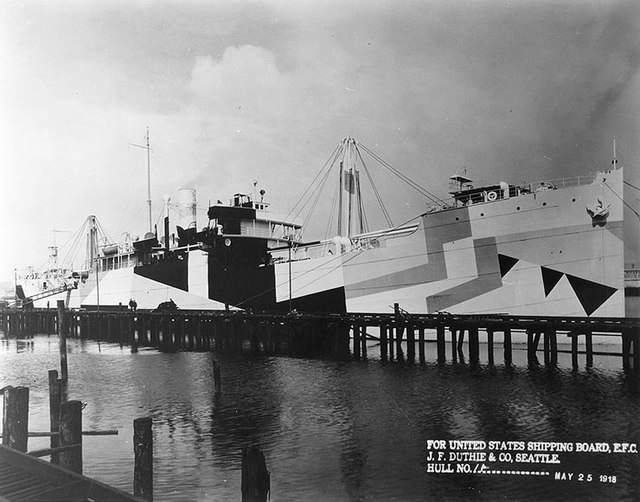Sudden & Christenson Company
Sudden & Christenson Company was a shipping and lumber company founded in 1899. Edwin A. Christenson and Charles Sudden of San Francisco, California started the company and shipping line to supply northwest lumber to cities on the east coast, west coast and far east. The ships would return with goods and passengers from the remote ports. Some of the ships also had passenger service on the upper decks. Sudden & Christenson Company and Los Angeles Steamship Company-United American Line started a joint venture called the Arrow Line in 1926. Arrow Line operated from Northwest Pacific Coast Ports and Argentina, Brazil and Uruguay. Sudden & Christenson's San Francisco Headquarters was at 110 Market Street with docks at Pier 15. Sudden & Christenson Company was incorporated in California in 1903. The Sudden & Christenson company dissolved in 1944 and Sudden & Christenson, Inc was founded to pay of the liability of franchise taxes, and operated till dissolved in 1965. Charles Sudden died in 1913 and Edwin Christenson became president with D. Walter Rasor as vice president. The company started with schooners and added steamships. During World War I Sudden & Christenson operated Merchant navy ships for the United States Shipping Board. During World War II Sudden & Christenson was active with charter shipping with the Maritime Commission and War Shipping Administration. Sudden & Christenson had docks in San Francisco, Vancouver, Seattle, Portland, Astoria, Los Angeles and Yokohama, Kobe, Shanghai, Dalian and Tsingtao. Far East ports were a joint venture with the North China Line. In late 1950s came the more cost-effective loading and unloading system, container shipping. The Sudden & Christenson fleet, now aged and on an obsolete system, put the company in decline, closing in 1965.

Sudden & Christenson dock in Seattle, Washington in 1934. At railroad Avenue (now Alaskan Way) and Pier 14 (now Pier 70)
USS Azimech
USS West Bridge (ID-2888) was a Design 1013 cargo ship in the United States Navy during World War I. She was begun as War Topaz for the British Government but was completed as West Bridge. After being decommissioned from the Navy, the ship returned to civilian service as West Bridge, but was renamed Barbara Cates, and Pan Gulf over the course of her commercial career under American registry.
West Bridge in dazzle camouflage shortly before completion in May 1918
Torpedo damage to USS West Bridge seen in a French drydock c. 1918. One of the ship's boilers is visible in the left rear.
SS Pan Gulf sailed in 18 transatlantic convoys, like this typical one, seen in 1942.





